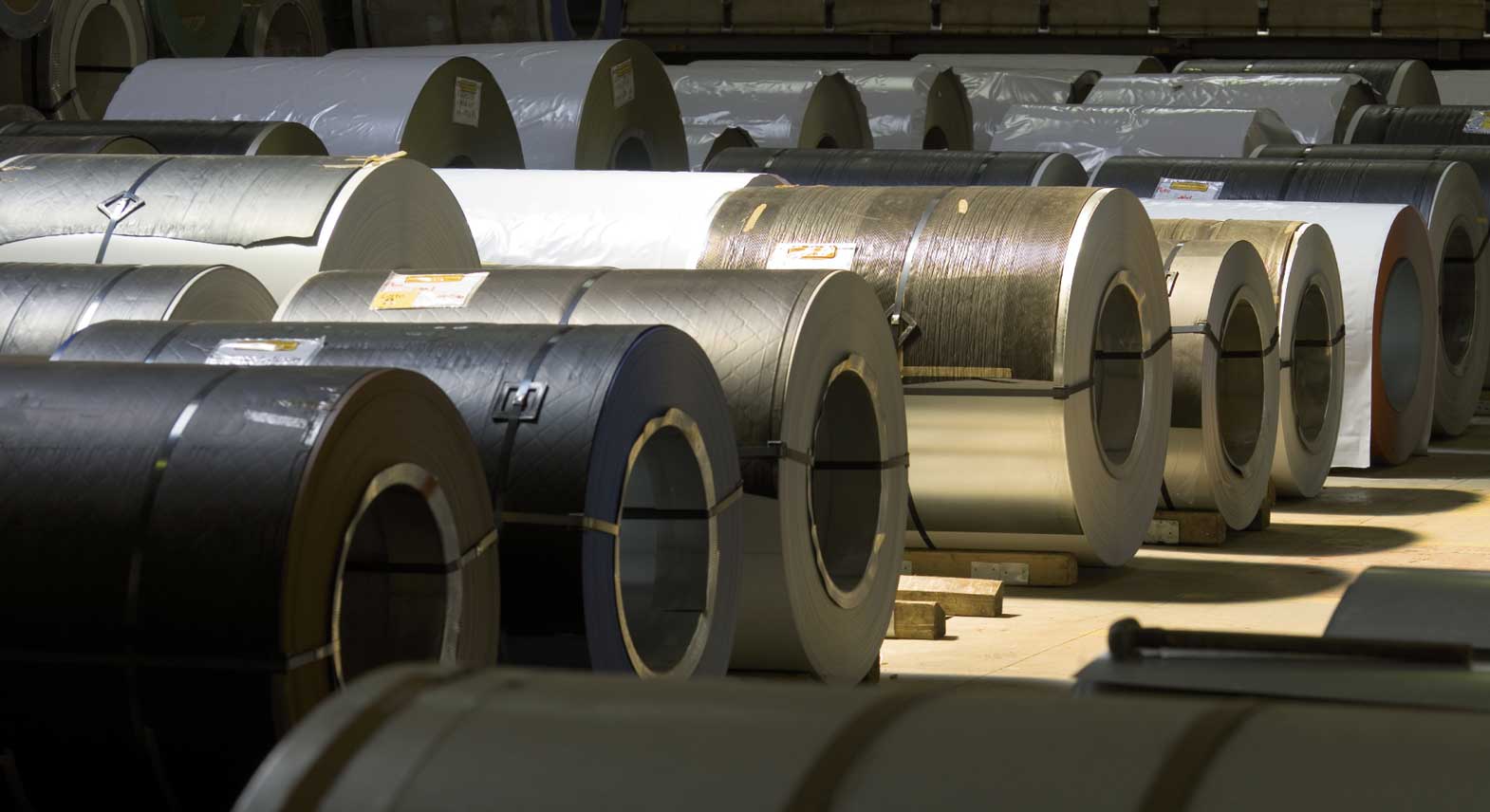Domestic hot-rolled coil prices in the EU remained stable Aug. 25 in a slow market, but steelmakers were expected to increase offers soon.
A big European producer was reported to notify its customers that current coil offers will remain valid through Aug. 26, a few sources said.
One trader said the new offers were likely to increase by Eur100/mt. Other market participants also expected steelmakers to attempt to increase prices to cover rising energy costs.
Latest offers from the producer in Northern Europe have been reported at Eur750/mt delivered.
Offers from various Northern European producers have been reported at Eur700-750/mt ex-works.
Latest deals, however, have been settled at about Eur700/mt ex-works Ruhr. And market sources estimated tradable value at Eur700-750/mt ex-works Ruhr.
Platts assessed hot-rolled coil in Northern Europe unchanged day on day at Eur700/mt ex-works Ruhr Aug. 25.
European steelmakers face sharp rises in energy costs, and the current price for HRC has been reported to be close to the cost level. But the price rise would be challenging because of weak demand from distributors and end-consumers.
European distributors had bought significant volumes in March this year in fear that Russia’s attack on Ukraine would result in a steel shortage and, therefore, a sharp price rise. Although coil prices had jumped in Europe in March, the recovery was short-lived and left distributors with high stocks of expensive material. As a result, buyers preferred to focus on destocking and limited their purchases to minimum, buying only required specifications.
Although flat steel demand from the automotive industry was expected to recover in the second half of the year, the revival might not be enough to change the situation in the market.
“The industry is going down, I feel,” a German distributor said. “Basically, the private consumption is quite low. People keep their money in order to have it for additional energy costs and other payments. Means the situation of the mills didn´t change at the end of the day. That what automotive is using more, the industry is using less. Stocks also, I guess, are still on a good level, not too much, but enough under consideration of the demand.”
Steelmakers across Europe have already reduced output to match with lower demand. Few mills have stopped equipment, others just reduced shifts. The effort, however, was not enough to change the trend in the market.
Some market sources said they believed that further and more drastic production cuts were needed to trigger a coil price recovery. Steelmakers, however, have cited high costs and the long periods required for a blast furnace stoppages, and no new equipment shutdowns have been heard.
— Maria Tanatar, Benjamin Steven






